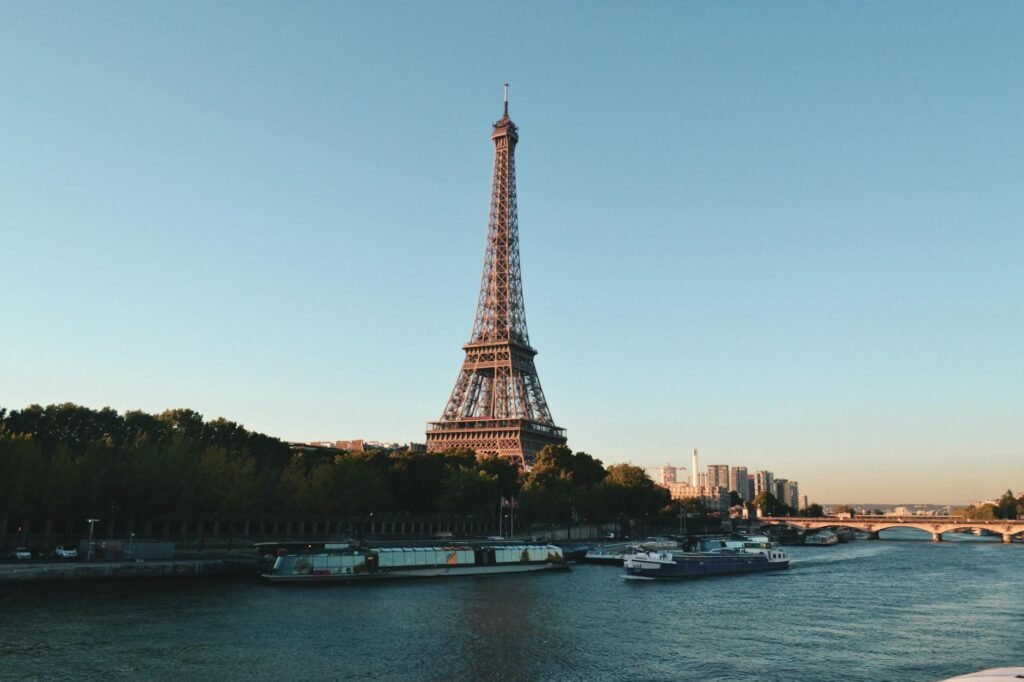Embark on an extraordinary journey through time as we delve into the captivating history of Angkor, a realm of ancient wonders and enigmatic grandeur. Prepare to be mesmerized by the stories etched in stone, the secrets whispered by the jungle, and the legacy of a civilization that once flourished in Southeast Asia.
Angkor Wat: The Majestic Heart of Angkor
Our exploration begins at Angkor Wat, the undisputed star of Angkor. This magnificent temple complex,  , is a testament to the architectural prowess of the Khmer Empire. Its intricate bas-reliefs depict scenes from Hindu mythology, offering a glimpse into the religious beliefs and artistic achievements of the era. Discover the symbolism embedded within its five towers, representing Mount Meru, the home of the gods. Explore the extensive galleries and courtyards, each brimming with intricate details. Planning your visit carefully is essential, as it’s a vast site; you could easily spend an entire day here. Learn more about efficient Angkor Wat visit planning.
, is a testament to the architectural prowess of the Khmer Empire. Its intricate bas-reliefs depict scenes from Hindu mythology, offering a glimpse into the religious beliefs and artistic achievements of the era. Discover the symbolism embedded within its five towers, representing Mount Meru, the home of the gods. Explore the extensive galleries and courtyards, each brimming with intricate details. Planning your visit carefully is essential, as it’s a vast site; you could easily spend an entire day here. Learn more about efficient Angkor Wat visit planning.
The Enigmatic Bayon: Faces of the Gods
Journey deeper into the Angkor complex and encounter the enigmatic Bayon temple,  . This remarkable structure is distinguished by its towering towers, each adorned with serene and enigmatic smiling faces. These enigmatic carvings, said to represent Avalokiteshvara, the Bodhisattva of compassion, continue to inspire awe and contemplation. The Bayon’s intricate network of corridors and hidden chambers adds to its mysterious allure. Read more about Bayon temple legends.
. This remarkable structure is distinguished by its towering towers, each adorned with serene and enigmatic smiling faces. These enigmatic carvings, said to represent Avalokiteshvara, the Bodhisattva of compassion, continue to inspire awe and contemplation. The Bayon’s intricate network of corridors and hidden chambers adds to its mysterious allure. Read more about Bayon temple legends.
Ta Prohm: Temples Claimed by the Jungle
Prepare to be enchanted by Ta Prohm, [IMAGE_3_HERE], where the relentless embrace of the jungle has entwined with the ancient stones. This atmospheric temple, famously depicted in the movie Tomb Raider, presents a breathtaking sight. Giant tree roots snake around crumbling walls, creating a surreal and evocative landscape. It’s a powerful reminder of nature’s enduring power and the passage of time. Discover the mysteries surrounding Ta Prohm’s unique ecosystem.
Banteay Srei: The Citadel of Women
Our journey continues to Banteay Srei, [IMAGE_4_HERE], a remarkably well-preserved temple renowned for its exquisite pink sandstone carvings. Often referred to as the “Citadel of Women,” it’s believed to have been dedicated to the Hindu god Shiva. The intricacy and delicacy of the carvings are truly astounding; the level of detail is breathtaking. It’s a striking example of Khmer artistic skill. Learn more about the history behind Banteay Srei.
Beyond the Temples: Angkor’s Rich Tapestry
Beyond the iconic temples, Angkor reveals a rich tapestry of history and culture. Explore the remnants of Angkor Thom, the last great capital city of the Khmer Empire, and discover more about the daily life of its inhabitants. Explore the culture of Khmer people. Consider visiting the Angkor National Museum to gain a deeper understanding of the region’s history and the Khmer civilization. Consider taking a cooking class to learn about the culinary delights of Cambodia. [IMAGE_5_HERE] The experience will be much more enriching.
Conclusion
A tour through Angkor’s historical sites is an unforgettable journey through time, a testament to the enduring legacy of a remarkable civilization. From the majestic Angkor Wat to the jungle-clad Ta Prohm, each temple holds a unique story and whispers secrets of the past. The experience transcends sightseeing; it’s a profound connection with history and culture.
Frequently Asked Questions
What is the best time to visit Angkor? The ideal time to visit is during the dry season (November to April), when the weather is pleasant and the temples are easily accessible.
How long do I need to explore Angkor? To see the major sites, allow at least 3-4 days, but you could easily spend a week or more exploring the entire complex.
How can I get around Angkor? Tuk-tuks are a popular and convenient way to get around, but you can also rent bicycles or hire a driver.
Are there guided tours available? Yes, many guided tours are available, ranging from half-day trips to multi-day explorations. Hiring a guide will significantly enhance your experience and understanding of the sites. Find local tour guides here.
What should I pack for my Angkor trip? Pack light, comfortable clothing, comfortable shoes, sunscreen, insect repellent, a hat, and a reusable water bottle.